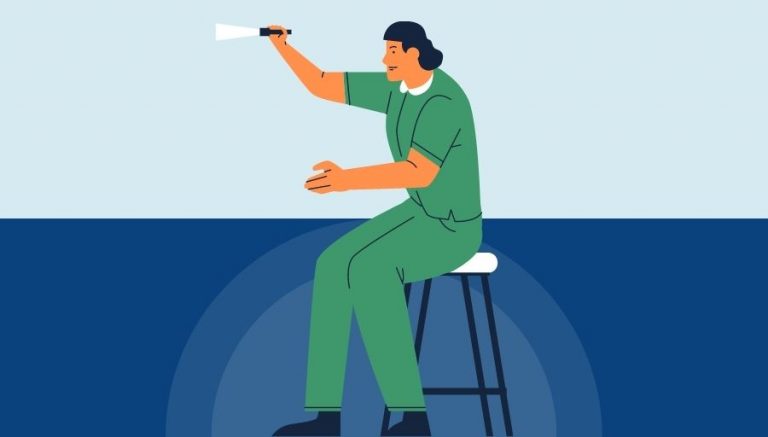How To Use CPT Code 0332T
CPT 0332T describes the procedure for myocardial sympathetic innervation imaging using planar qualitative and quantitative assessment, along with tomographic SPECT. This article will cover the description, official details, procedure, qualifying circumstances, appropriate usage, documentation requirements, billing guidelines, historical information, and examples.
1. What is CPT Code 0332T?
CPT 0332T can be used to describe the procedure for myocardial sympathetic innervation imaging. It involves injecting a radioactive imaging agent and taking planar images of the patient’s thorax at 15 minutes and 4 hours after the injection. SPECT imaging is then performed to review the uptake and washout of the agent based on the different images obtained.
2. Official Description
The official description of CPT code 0332T is: ‘Myocardial sympathetic innervation imaging, planar qualitative and quantitative assessment; with tomographic SPECT.’
There are no additional notes provided for this code.
3. Procedure
- The procedure for CPT 0332T involves injecting a radioactive imaging agent into the patient.
- Planar images of the patient’s thorax are taken at 15 minutes and 4 hours after the injection.
- SPECT imaging is performed after the planar images to assess the myocardial sympathetic innervation.
- The uptake and washout of the imaging agent are reviewed based on the different images obtained.
4. Qualifying circumstances
CPT 0332T is typically performed for patients who require myocardial sympathetic innervation imaging. This procedure may be necessary for individuals with certain cardiac conditions or suspected abnormalities in sympathetic innervation. It is important to consult with a healthcare professional to determine if this procedure is appropriate for a specific patient’s circumstances.
5. When to use CPT code 0332T
CPT code 0332T should be used when performing myocardial sympathetic innervation imaging using planar qualitative and quantitative assessment, along with tomographic SPECT. It is important to ensure that the procedure accurately reflects the services provided and meets the specific requirements outlined in the code description.
6. Documentation requirements
To support a claim for CPT 0332T, the healthcare professional must document the following information:
- Indication for the procedure and the medical necessity
- Details of the radioactive imaging agent used
- Date and time of the injection and image acquisition
- Results of the planar qualitative and quantitative assessment
- Results of the tomographic SPECT imaging
- Any additional relevant findings or observations
7. Billing guidelines
When billing for CPT 0332T, it is important to ensure that the procedure accurately reflects the services provided. It should not be reported with codes 78466, 78468, or 78469, which are used for myocardial infarct avid imaging. Additionally, consider the location of the testing when coding for pulmonary function tests, as they have both a professional and technical component.
8. Historical information
CPT 0332T was added to the Current Procedural Terminology system on January 1, 2014. There have been no updates to the code since its addition.
9. Examples
- A patient with suspected sympathetic innervation abnormalities undergoes myocardial sympathetic innervation imaging using planar qualitative and quantitative assessment, along with tomographic SPECT.
- A healthcare professional performs myocardial sympathetic innervation imaging on a patient with a known cardiac condition to assess the function of sympathetic innervation in the myocardium.
- A patient with symptoms suggestive of sympathetic innervation dysfunction undergoes myocardial sympathetic innervation imaging to aid in diagnosis and treatment planning.
- Myocardial sympathetic innervation imaging is performed on a patient as part of a research study investigating the role of sympathetic innervation in cardiac function.
- A healthcare professional utilizes myocardial sympathetic innervation imaging to monitor the progression of sympathetic innervation abnormalities in a patient with a chronic cardiac condition.
- A patient with a history of cardiac surgery undergoes myocardial sympathetic innervation imaging to assess the impact of the procedure on sympathetic innervation in the myocardium.
- Myocardial sympathetic innervation imaging is performed on a patient with suspected autonomic dysfunction to evaluate the sympathetic innervation of the heart.
- A healthcare professional orders myocardial sympathetic innervation imaging for a patient with unexplained cardiac symptoms to assess the function of sympathetic innervation in the myocardium.
- A patient with a known sympathetic innervation abnormality undergoes periodic myocardial sympathetic innervation imaging to monitor the progression of the condition and guide treatment decisions.
- Myocardial sympathetic innervation imaging is performed on a patient with suspected sympathetic innervation abnormalities as part of a comprehensive cardiac evaluation.


